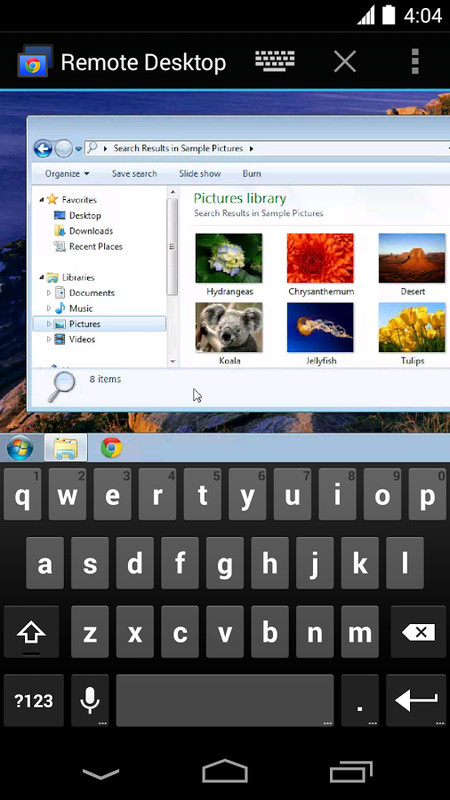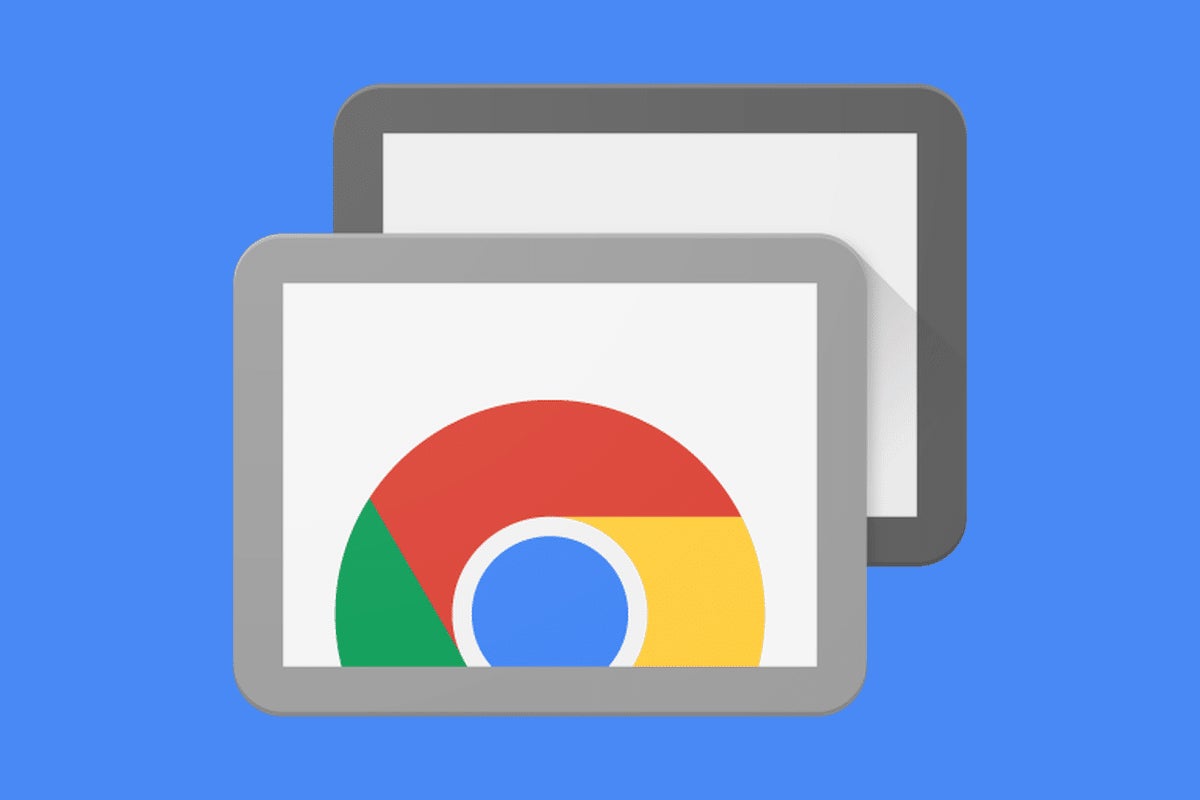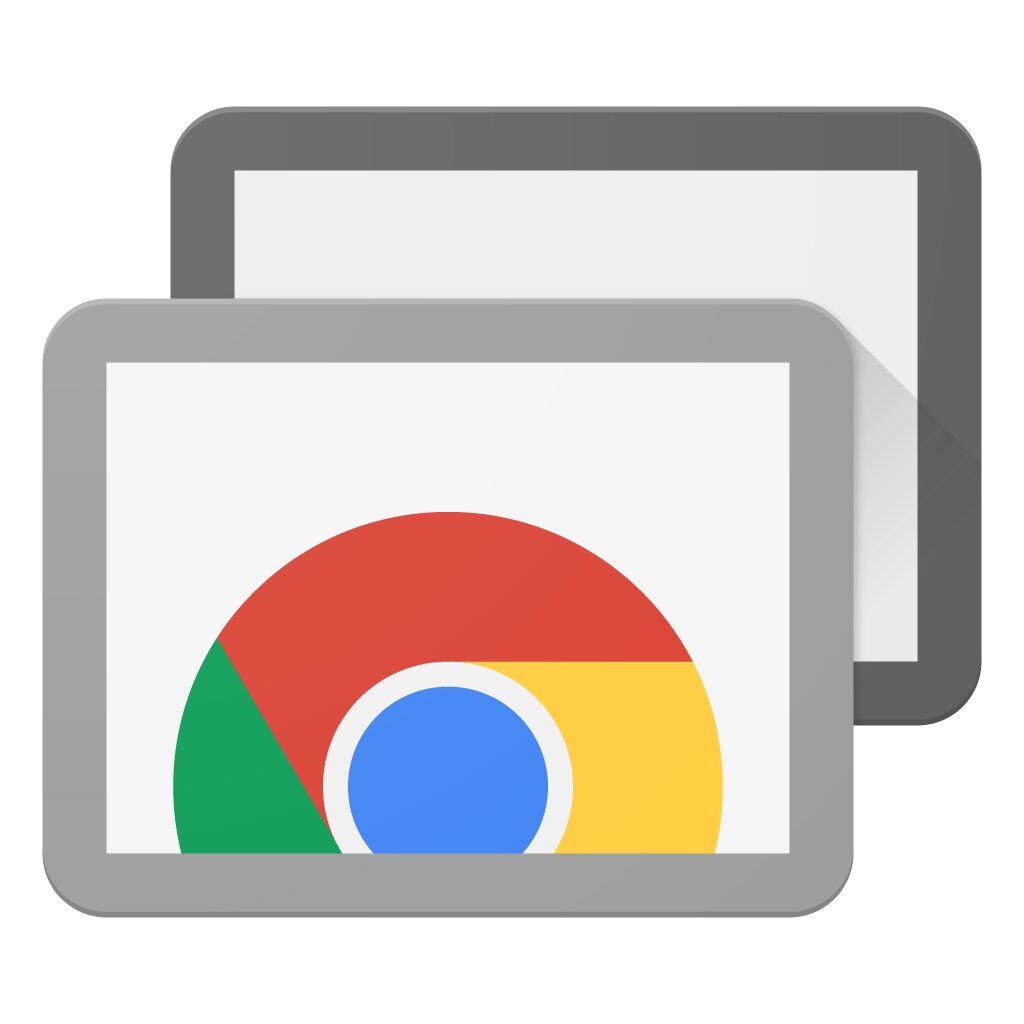
That’s useful when you’re trying to help someone with a computing issue or when troubleshooting system problems. If someone is sitting at the host machine, they can continue to use it as well. You should soon see the host system’s desktop in a new Chrome browser tab, and your local keyboard and mouse will now control the host system: navigate windows, launch programs, and work with files. Otherwise, leave that option unchecked for better security. That’s okay if both host and guest are in the same secure location. To save time with future sessions, you can tick the checkbox to remember the PIN. To start a remote-access session, click a listed remote device and enter its PIN. Important: You’ll see only guests and hosts that are signed in under the same Google account. When you launch Chrome Remote Desktop, the main screen will display available hosts. The main CRD screen showing two systems online In this case, CRD was installed on the second remote system, so it can act as a host, too.įigure 6. The view from the host system is shown in Figure 6. You can skip setting up CRD on the remote system and connect immediately to the host. It also allows both systems to be either a guest or a host.įigure 5.

Installing CRD on each machine gives a better remote-computing experience. Figure 5 shows a prompt to set up CRD on the second PC. Here, you have two options: 1) Immediately launch a remote-access session with the listed host, or 2) install CRD on the guest system (repeating the steps above). Sign in to your Google account and open the CRD access page. Now segue to the remote/guest computer you wish to use to access the host. Be sure to uncheck the “Help improve Chrome Remote Desktop … ” box if you don’t want telemetry data sent back to Google. The PIN must contain at least six digits.įigure 4. You’ll now be asked to enter a PIN that remote systems will use to access the host (Figure 4). Each host system will need a unique name. (It won’t if you have several identical systems.) Click Next.įigure 3. You can stick with the default name, if it makes sense.

The next window (Figure 3) requests that you give the host system a name, which will eventually show up on the remote (aka “guest”) device.

The second window in the CRD installation process The next window displays the message: “Ready to install.” Click the Accept & Install button shown in Figure 2.įigure 2. Installing Chrome Remote Desktop starts with pressing the download button. You should now see the window shown in Figure 1. If prompted, sign in to your Google account. (No surprise there.) The setup process starts with installing the CRD app and Chrome extension on the host computer (the machine you want to access.) Launch the Chrome browser and open the “chrome remote desktop” page. To use CRD, you need two things: the Chrome browser and a Google account.


 0 kommentar(er)
0 kommentar(er)
